A 3D configurator is an advanced digital tool used in e-commerce and other platforms that allows users to personalize and visualize products in a three-dimensional space online. This technology enables customers to customize products according to their preferences, such as changing colors, materials, or components, and to see these changes in real-time through a highly interactive, user-friendly interface. This tool significantly enhances the online shopping experience by providing a clearer understanding of what the finished product will look like.
More than that, it is a powerful tool for digital fashion in Web3 and the Metaverse.
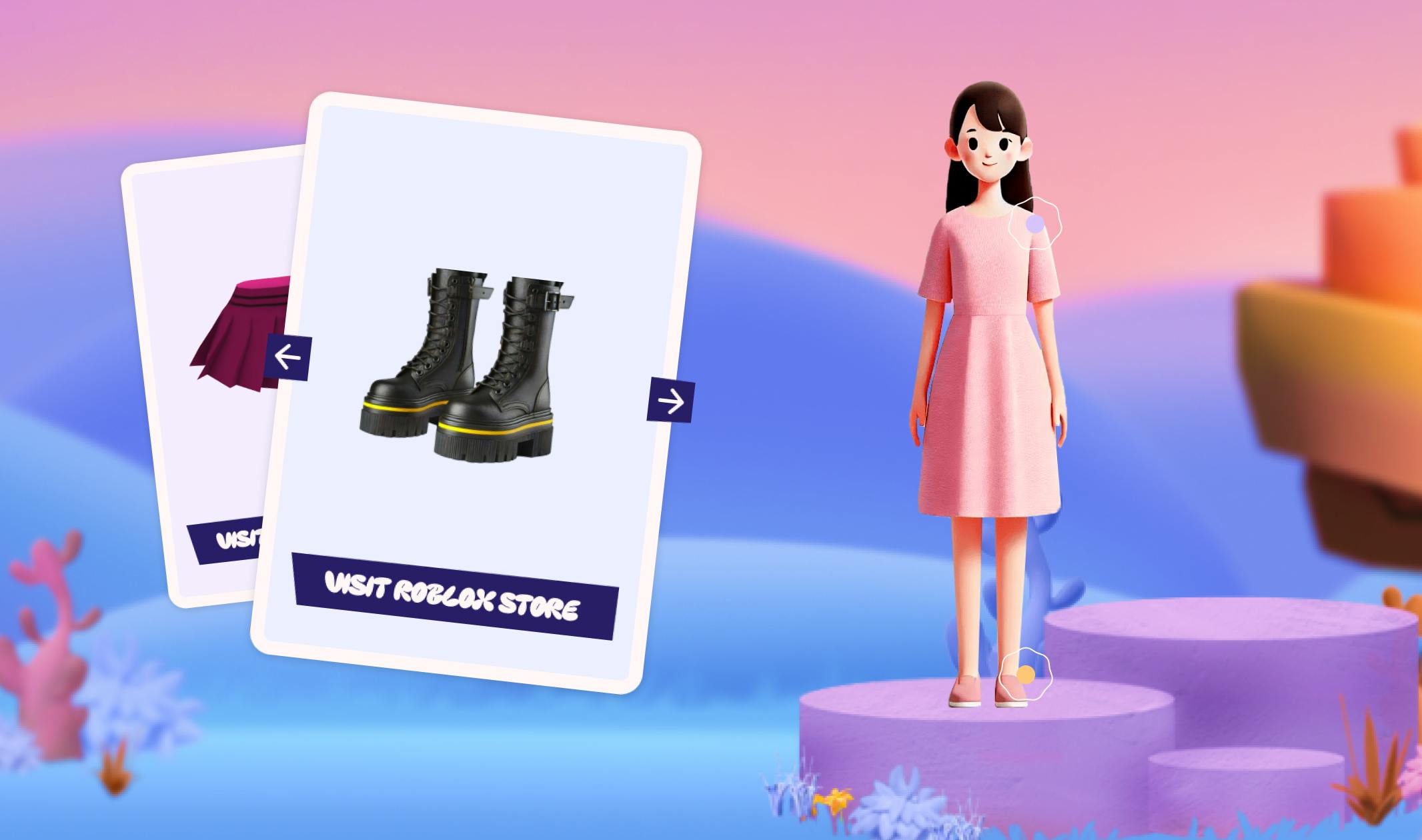 3d customizer. Web 3 fashion
3d customizer. Web 3 fashion1. Industries and use cases for 3D configurators.
Fashion and apparel.
In the fashion industry, brands like Nike and Adidas offer extensive customization options through their online platforms. Nike By You allows customers to select colors, materials, and even add personal identifiers to their sneakers. This level of personalization not only enhances customer engagement but also boosts loyalty as consumers are more likely to purchase products that they’ve had a hand in designing.
 Nike By You
Nike By YouAutomotive.
Automotive companies like Tesla and BMW use 3D car configurators to let potential buyers personalize various aspects of their vehicles — from the paint color and wheel design to the interior materials. This not only provides an engaging user experience but also helps customers make confident purchasing decisions, which is crucial given the financial commitment involved in buying a car. The BMW i Visualiser allows customers to customize and interact with a 3D model of their potential new car using augmented reality, available on their smartphones and tablets. This not only serves as a powerful sales tool but also a significant brand enhancer.
 The BMW i Visualiser
The BMW i VisualiserFurniture and home decor.
IKEA’s online 3D planning tools allow customers to design rooms in their homes, placing furniture and decorations to their liking before purchasing. This tool has proven to significantly enhance user satisfaction and reduce return rates, as customers know exactly what they are buying and how it fits into their space.
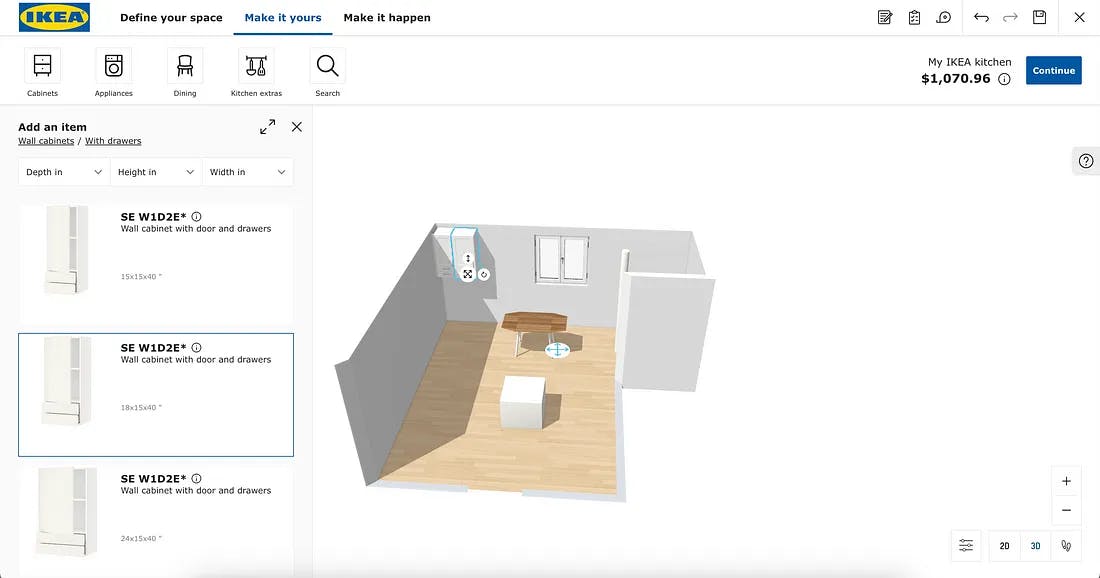 https://kitchen.planner.ikea.com/us/en/planner/?startFromScratch=true
https://kitchen.planner.ikea.com/us/en/planner/?startFromScratch=trueJewelry.
Companies like Blue Nile offer 3D configurators for creating bespoke jewelry pieces. Customers can choose the cut, color, clarity of stones, and settings, seeing a realistic 3D rendering of their design. This not only increases engagement but also enhances the luxury shopping experience by adding an exclusive, personalized touch.
How 3D configurators enhance e-commerce.
Enhancing customer engagement.
By providing a hands-on, visually engaging customization process, 3D configurators and 3D websites keep users interested and involved. For instance, research from Shopify indicates that interactive content can increase the time users spend on a page by up to 60%, directly correlating with higher conversion rates.
Increasing conversion rates.
Detailed product customization through 3D technology leads to greater purchase confidence, which is key for conversion. 3D visualizations can boost conversion rates by up to 40% because they help mitigate the uncertainty of online shopping.
Reducing return rates.
Accurate visualizations decrease the likelihood of returns. For example, a study published by Shopify noted that products viewed in 3D had a 25% lower return rate than those viewed in standard two-dimensional images.
UX best practices for designing 3D customizers and configurators.
When designing 3D configurators for e-commerce platforms, it’s essential to focus on user experience to ensure both user satisfaction and high conversion rates. Here are the best practices for creating effective and engaging 3D customizers:
1. Simplicity and clarity.
The design of your 3D configurator should be intuitive and centred around the user’s needs. This involves understanding the target audience, their preferences, and the common pain points they encounter. By addressing these aspects, the customizer can offer a streamlined experience that enhances user engagement and satisfaction. For example, ensuring that the user interface is straightforward and free of unnecessary complexities can help maintain the user’s focus on the customization process.
2. Implement high-quality visuals.
Since visual representation plays a crucial role in 3D customization, incorporating high-quality, realistic images is key. Detailed textures and accurate color representations help users make better-informed decisions by providing a clearer picture of the final product. This not only builds confidence in the purchase but also reduces the likelihood of returns due to unmet expectations.
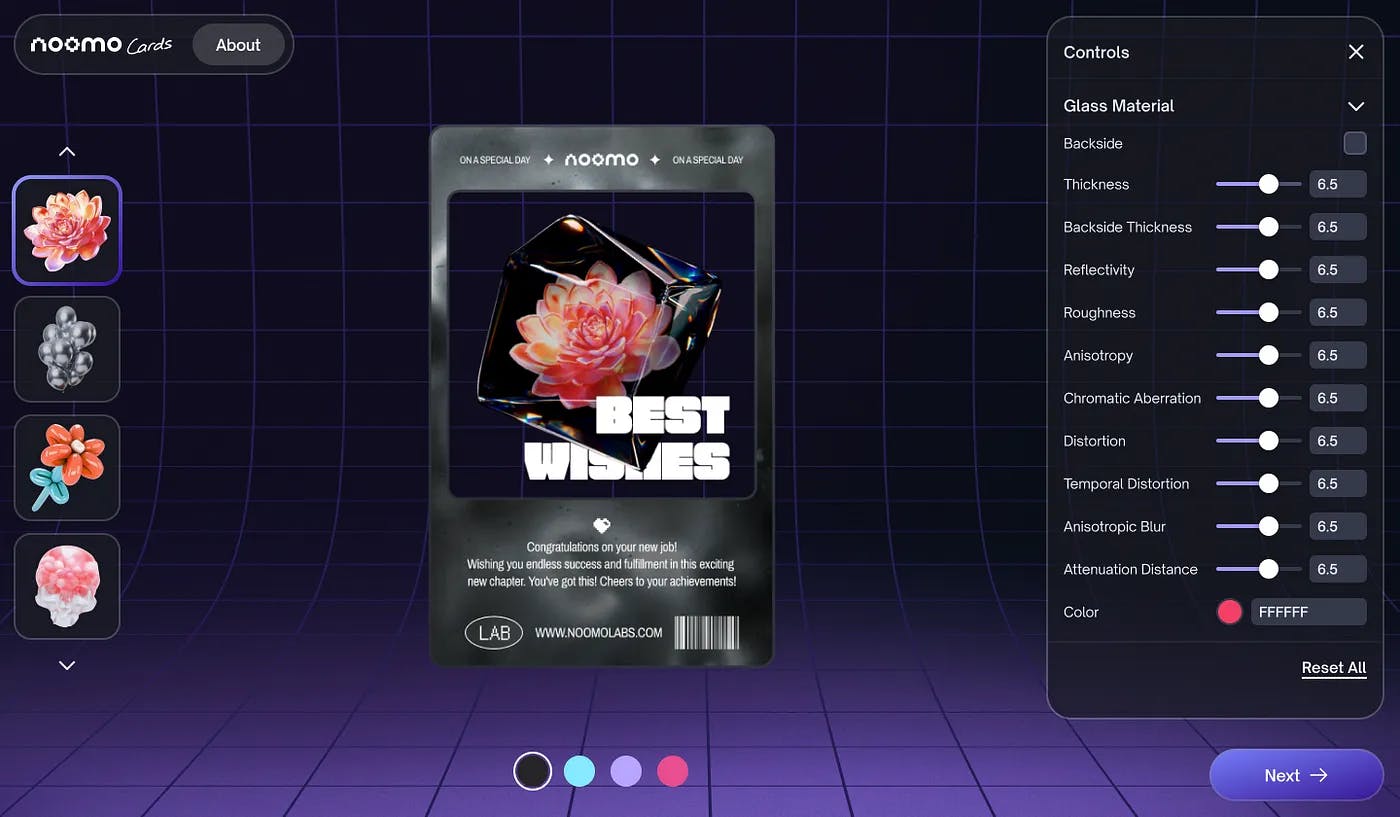 3d card customization
3d card customization3. Ensure Responsive and Adaptive Design.
With users accessing sites from various devices, a responsive design ensures that the 3D customizer adapts seamlessly across different screen sizes and resolutions. This uniformity in user experience across devices fosters greater accessibility and usability, encouraging more users to engage with the tool, regardless of their device of choice.
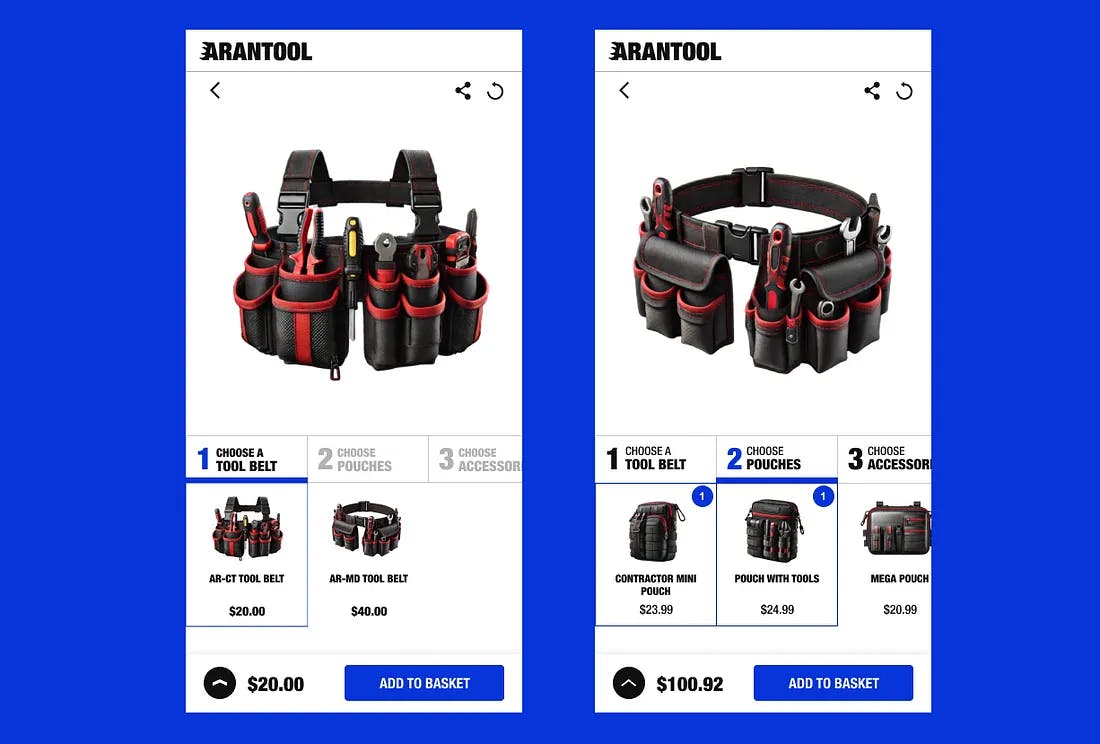
4. Optimize performance.
A well-optimized 3D configurator not only loads quickly but also operates smoothly during the customization process. Performance optimization is critical because delays and lag can frustrate users, potentially leading them to abandon the process altogether. Techniques such as progressive loading of graphics and optimizing backend computations can help maintain a fluid experience.
5. Incorporate iterative feedback.
An iterative design process that incorporates user feedback is vital. Regular testing phases across different stages of the customizer’s development help identify issues and areas for improvement from a real-user perspective. This approach allows designers to refine the tool continuously, enhancing its effectiveness and user-friendliness.
6. Accessibility considerations.
Making the customizer accessible to all users, including those with disabilities, is not just a legal and ethical requirement but also expands the potential user base. Implementing accessibility features like keyboard navigation support, screen reader compatibility, and sufficient color contrast ensures that everyone can use the customizer comfortably.
7. Leverage social proof and personalization.
Integrating elements of social proof such as reviews and user testimonials can significantly enhance trust and credibility. Personalization features, like saving previous customizations or suggesting products based on user behavior, can make the shopping experience more relevant and engaging.
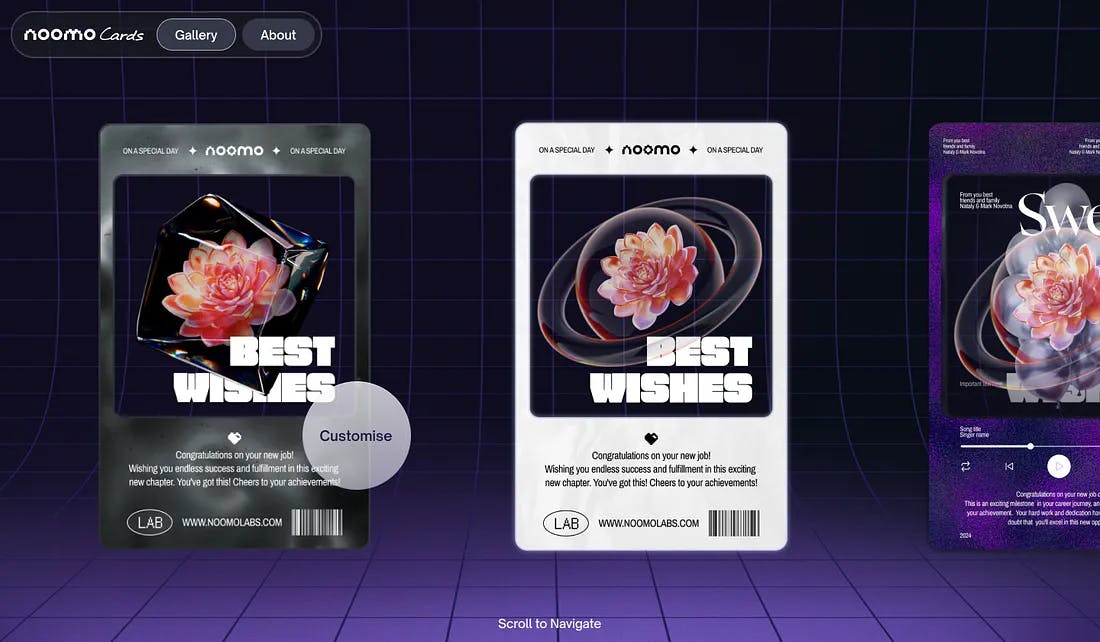 3d configurator
3d configuratorBy adhering to these UX best practices, companies can create 3D customizers that not only captivate and engage users but also drive higher conversion rates and foster customer loyalty. These strategies ensure that the digital shopping experience is as enriching and satisfying as possible, bridging the gap between online browsing and real-world product interaction.
Digital fashion in Web3 and the Metaverse.
The fashion industry is experiencing a transformative shift towards the virtual world, particularly within Web3 and Metaverse environments. Digital fashion involves creating and selling virtual clothing and accessories for avatars, which users can use within various virtual worlds and social platforms. This new frontier allows for unprecedented creativity and expression in fashion, as physical limitations do not bind designers.
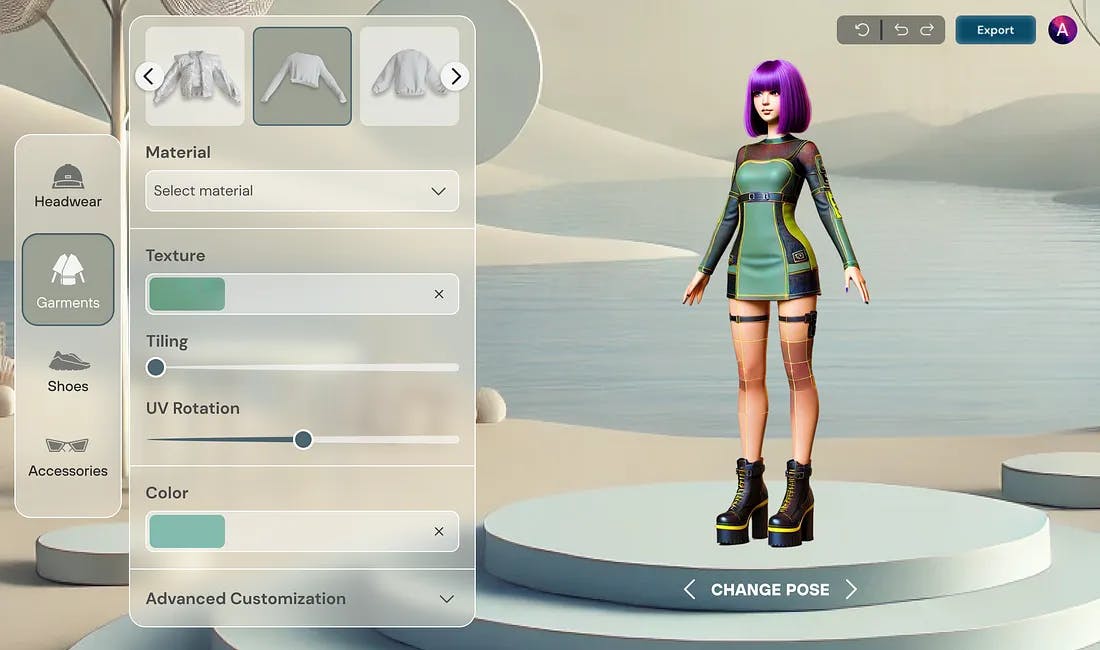 web3 fashion. Avatar customization
web3 fashion. Avatar customizationUse cases and benefits.
- Personal expression: In virtual environments where avatars represent individuals, digital fashion offers users a way to express their unique identities and styles, much like in the real world.
- Sustainability: Digital fashion is also seen as a sustainable alternative to fast fashion, as it requires no physical materials, reduces waste, and eliminates the need for shipping.
- New revenue streams: For brands, digital fashion opens up new avenues for revenue through the creation and sale of exclusive virtual goods, which can be traded or sold within these digital platforms.
Integration with Web3: Utilizing blockchain technology, digital fashion items can be tokenized as non-fungible tokens (NFTs), ensuring their uniqueness and ownership. This integration allows users to own, buy, sell, and trade their digital fashion items securely and transparently, providing a new level of engagement and investment in fashion.
Industry adoption.
- Luxury brands: High-end fashion brands like Gucci and Balenciaga have pioneered entering this space by launching their digital fashion collections. For example, Gucci sold a virtual version of its Dionysus bag on Roblox, and Balenciaga released a collection of virtual garments available in Fortnite.
- Collaborative platforms: Platforms like Decentraland, Roblox and The Sandbox offer spaces where users can showcase and even monetize their digital fashion creations, interacting with a global community.
 Metaverse 3d avatar customization
Metaverse 3d avatar customizationChallenges and considerations.
- User Adoption: While the concept is rapidly gaining traction among younger, more tech-savvy demographics, broader acceptance is crucial for mainstream success.
- Technological Barriers: Seamless integration and user-friendly interfaces are essential to make digital fashion accessible to a wider audience.
- IP and Copyright: As with any creative endeavor, protecting designers’ intellectual property in a digital space poses a new set of challenges.
Digital fashion in Web3 and the Metaverse is not just a trend but a significant shift in how we perceive and interact with fashion. It blurs the lines between physical and digital, offering new opportunities for creativity, sustainability, and commerce. As technology advances and user engagement increases, digital fashion is set to revolutionize the fashion industry.
Read about Essential branding strategies for Web3.
2D Customization for Digital Products.
While 3D configurators have significant applications in physical products, the concept of customization extends into digital products through platforms like ITG Digital, which specializes in the customization of 2D illustrations. This platform allows users to tailor illustrations to fit their specific needs, adjusting elements like colors and combining various parts to create unique designs. This tool is particularly beneficial for creating digital content that requires a high degree of personalization, such as marketing materials, web graphics, and social media posts.
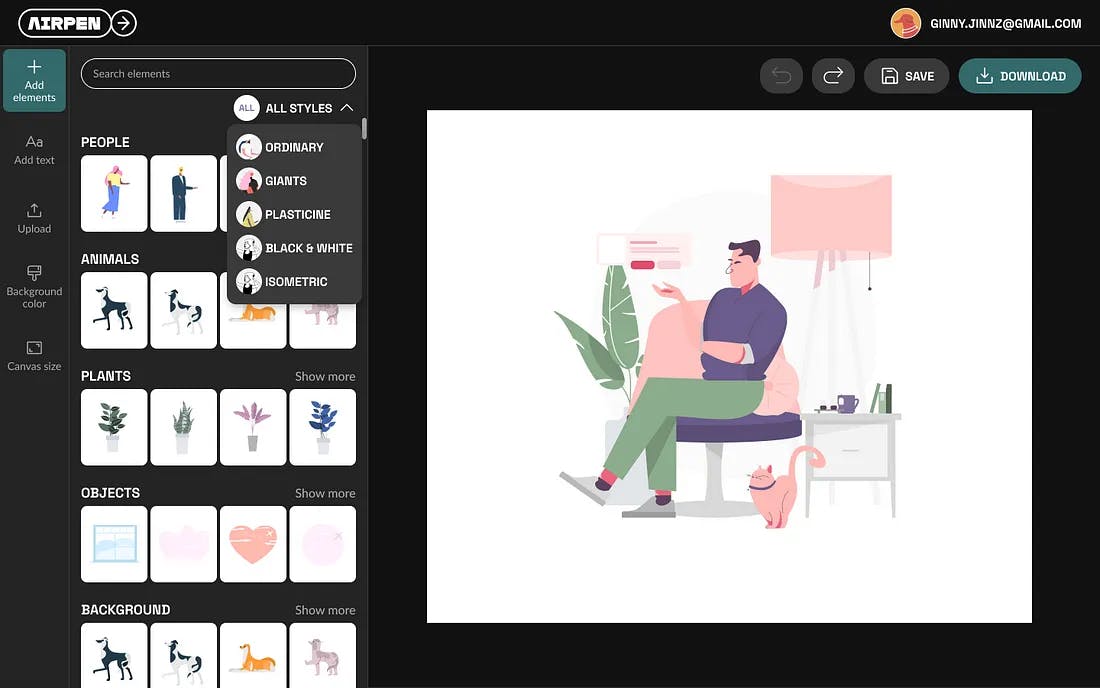
ITG Digital: This platform is a prime example of how customization technology is equally effective in 2D environments. It allows users to customize illustrations with an easy-to-use interface, making it accessible even for those with limited graphic design skills. This capability is crucial for businesses that need to rapidly produce customized visual content that aligns with their branding.
Customization tools, 3D customizers and configurators, offer significant benefits by enhancing user engagement, increasing conversion rates, and reducing return rates. They allow users and businesses to express their unique styles and meet specific needs in an increasingly digital world, making them indispensable in both e-commerce and digital content creation.
Read how to Elevate marketing and sales by using immersive web experiences.
More related articles:
- Noomo Labs — a place for cutting-edge immersive experiences, 3D websites, AR activations, and interactive web experiences. Read about what was happening behind the scenes in this article.
- Increasing User Engagement with 3D, AR, and Immersive Web Experiences
- Crafting the Best Storytelling Website.
- How to effectively implement 3d animation on a website
- How to create an interactive and immersive website with AR and 3D.
- Check out The best websites that use creative illustrations.










